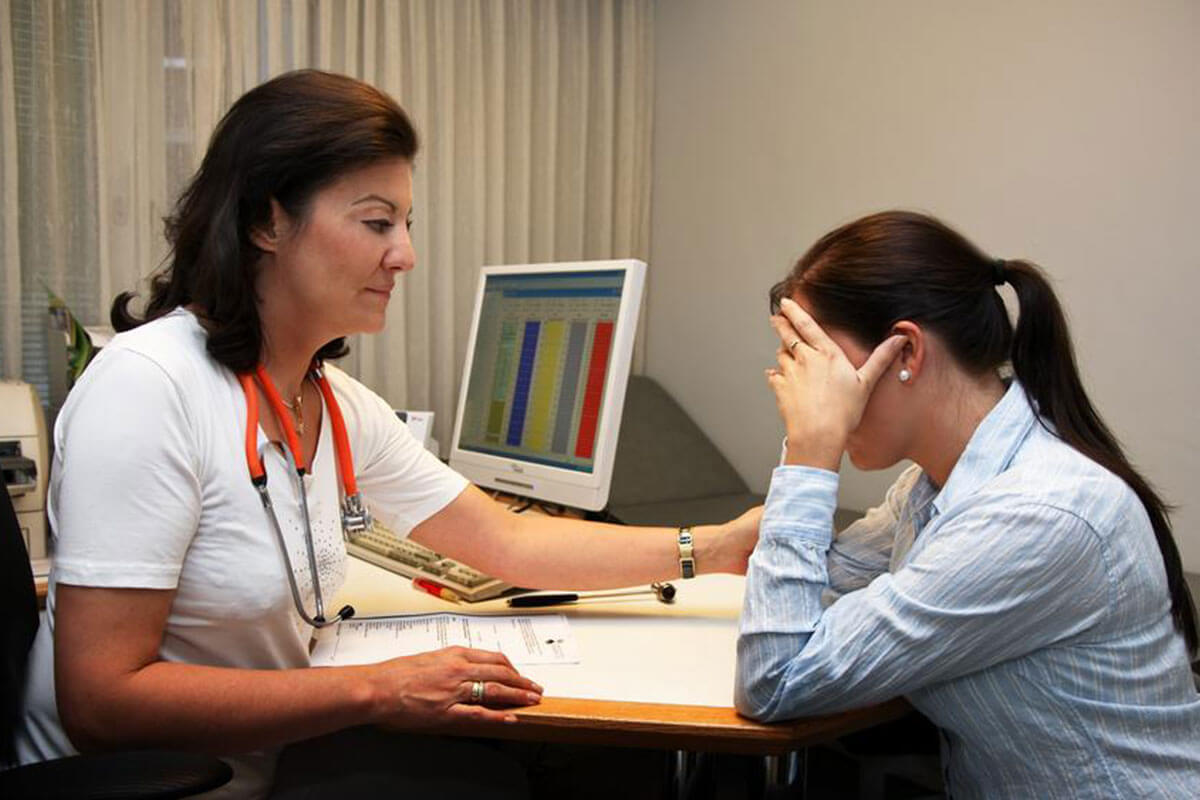6 common tests to diagnose breast cancer
Breast cancer occurs when breast cells start growing out of control. These cells form a tumor and can be seen as a lump in the breast. Breast cancer occurs both in men and women, although HER2 breast cancer is common only amongst women. It can start growing in the milk ducts (ductal cancers) or in the glands that produce milk (lobular cancers).
Breast cancer is mostly detected after symptoms start to appear.

- Breast examination: In this procedure, a doctor examines both of the breasts and lymph nodes in the armpits. This is done to check for lumps of cancerous cells.
- Mammogram test: A mammogram test is done to take an X-ray of the breast. It is used to screen any abnormality in the breast.
- Ultrasound: Ultrasound is done to produce deep images of the breast to find out whether the lump formed is a solid mass or a fluid-filled cyst.
- Breast cell test: Breast cell test i.e. a biopsy is an effective way to diagnose breast cancer. Biopsy test samples are sent to the laboratory, where experts find out whether the cells are cancerous or not.
- Breast magnetic resonance imaging: An MRI machine uses a magnet and radio waves and creates pictures of the interior of the breasts to check for the presence of lumps, abnormalities like pain, nipple discharge or thickening of the breasts near the underarms.
- Staging breast cancer: To identify staging breast cancer, one should do tests like blood tests, mammogram, MRI of the breast, bone scan, computerized tomography (CT) scan or positron emission tomography (PET) scan.
Not all tests and procedures are necessary. It depends on how a doctor wants to treat based on a specific situation and symptoms. Breast cancer stages range from 0 to IV. 0 indicates cancer that is non-invasive and Stage IV breast cancer indicates metastatic breast cancer signs, in which case, the cancer cells would have spread to other parts of the body.




